There can be a very fine line in street photography between overdoing your editing and getting it just right.
Creating a mood, building feeling and capturing an environment while staying true to the realness and specialness of found moments is at the heart of the genre. And this can make editing tough.
Because of this, I generally prefer to stay on the “less is more” side, but here are some editing tips that I love to use that may fly under the radar for many people.
Camera Color Profiles
Color or black and white is always the first choice I make. When shooting in RAW, if I want my photo to be in color, the first thing I do is check the camera color profile settings to choose a color profile.
I sometimes leave the default color profile, but more often than not I will choose one of the camera’s built-in profiles and it will help the photo out significantly.
I’m personally a Fuji shooter, and one of the best things about the camera is the look of the built-in color profiles. They can mimic different film looks in such an incredible way and create a quality to the photograph that is very difficult to achieve through just the RAW settings.
And each profile choice depends on the photo itself. Some will be much too saturated for one photograph while perfect for others.
Remove noise and add grain
I’m not afraid of digital noise in my photographs, particularly with newer cameras, as it looks so much better than it used to.
But sometimes, at the very high levels that you need when shooting at night or indoors, it’s just too high.
To fix this, under the Detail section in the Develop panel of Adobe Lightroom, I will use the Noise Reduction’s Luminance slider to reduce the noise (but not too much). This will take some sharpness out of the image, which is fine.
The key here is that I will then go to the Effects slider and add Grain. This will offset the noise reduction, but the grain that Lightroom adds has a much more pleasing look than digital noise. So it helps the look significantly.
I only do this with very problematic images, however.
Vignette
Vignettes can save an image when used sparingly and carefully. Our eyes naturally want to move off of an image, so if there’s not enough in the corners of an image, or if they are brighter than the center, it can throw the look of the photograph off.
And because of the quick and happenstance nature of street photography, we can capture an incredible moment—but still the edges of the photo can not look quite right.
Adding a subtle vignette can completely fix this, focusing the eyes where they need to be on the subject of the photo and saving the look of the photo.
Reverse skew / crop
This one is sneaky! Sometimes a street photograph can feel too perfect. Everything is in place and the moment is amazing, but it just feels a little too planned.
To fix this, I will go to the crop setting and skew the photograph a little so it’s a bit off-kilter. This can make the photo feel more imperfect, more real—and more special.
Just don’t tell anyone you did it!
Don’t touch the photo! Embrace the imperfections
Sometimes a photo looks perfect out of the camera, so just go with it. But other times you can look at a photograph and things look screwed up at first.
The imperfections are there, the sharpness is off, the exposure may be weird. Of course, in many cases, you’ll want to fix this. But sometimes these mistakes just work and add to the feeling that this was a found moment.
Embrace the imperfections when they work and don’t worry too much about them. If the moment is special enough, it will bring everything together on its own and make your editing job that much easier.
About the Author:
James Maher is the author of Essentials of Street Photography, which covers everything about the genre even down to specific post processing techniques that can bring the best out of street scenes.
Like This Article?
Don't Miss The Next One!
Join over 100,000 photographers of all experience levels who receive our free photography tips and articles to stay current:

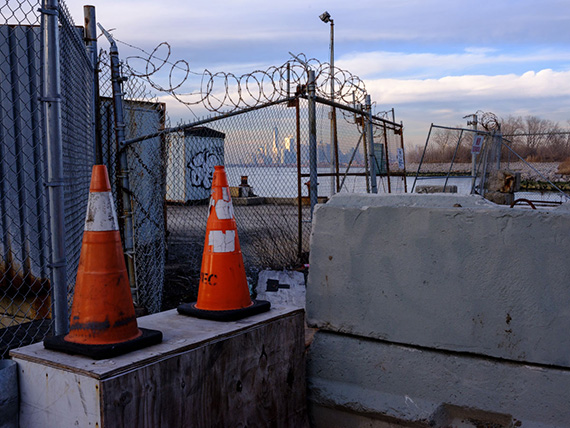
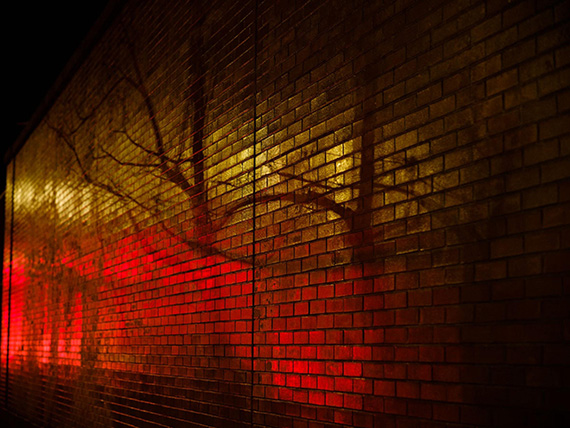
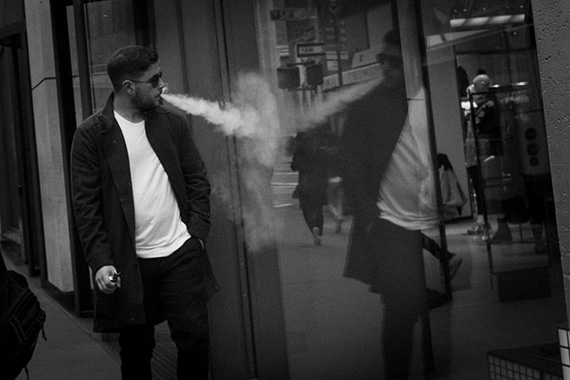
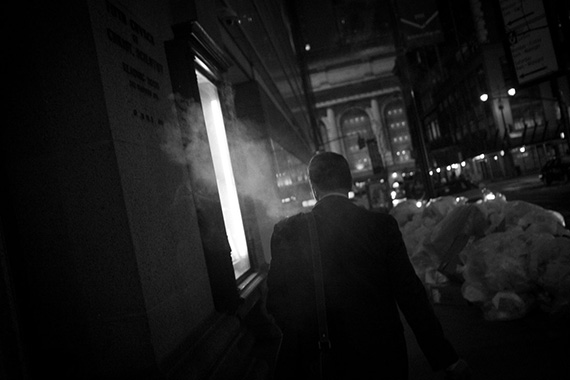
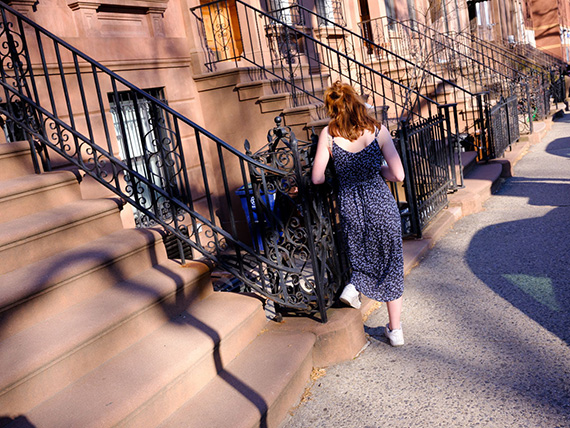






I don’t agree with this comment. Sometimes back shots can be very affective, moving the viewer in the direction of the subject and sharing the view with the subject. It can often set a mood or a feeling.
Not an editting tip, but a shooting tip – don’t shoot backs! Shots of people from the back rarely work. Take a risk. Move in. Shoot the front. Photograph faces not backs.
It hurts just reading this. Tips are in look so useful that I feel like I will never get to this level. Wow.